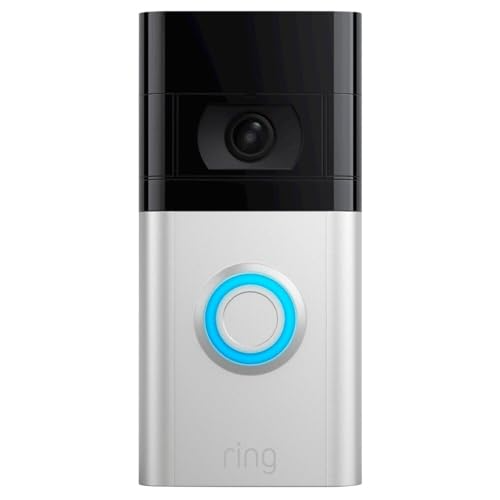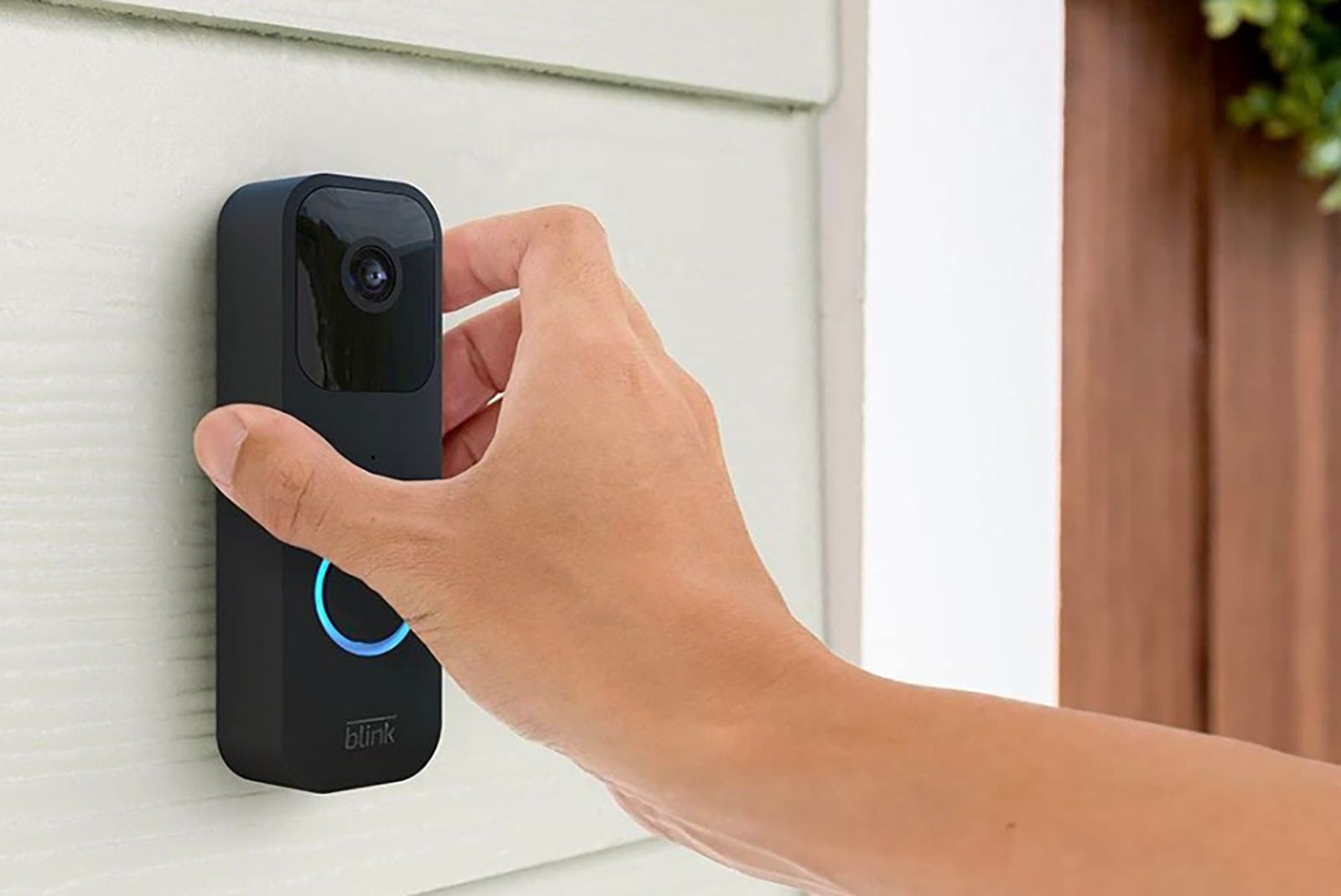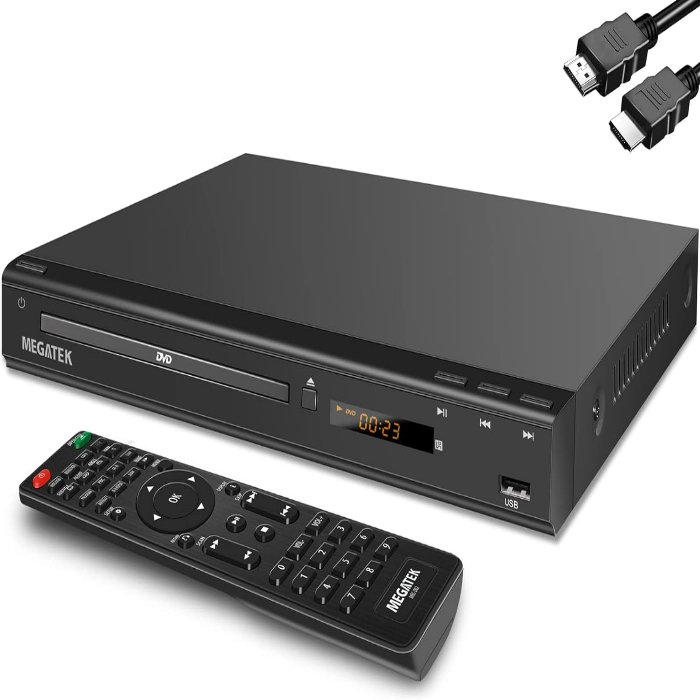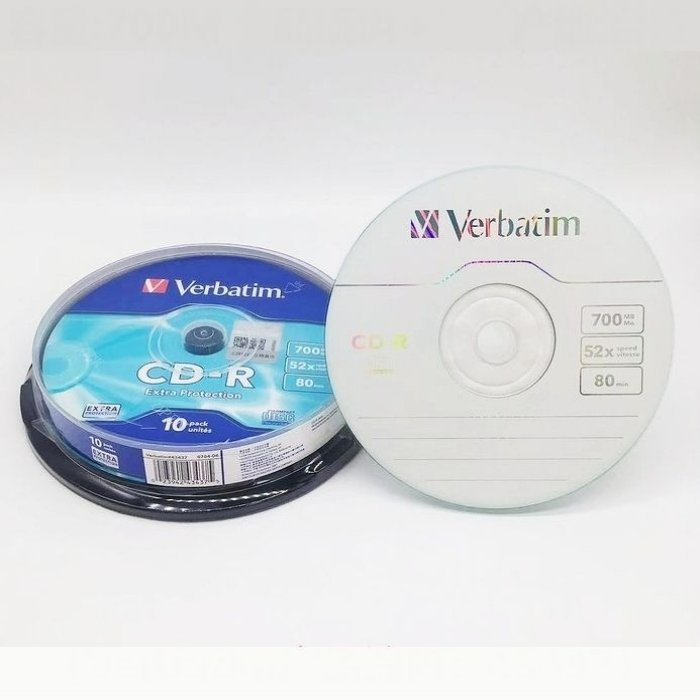Introduction
In the realm of home security systems, two brands have significantly carved their niche: Ring and Blink cameras. Both offer an array of smart cameras to cater to diverse needs, but how do they compare when it comes down to features, performance, cost-effectiveness, and user experience? This extensive review delves into the nuances that set Ring and Blink cameras apart.
1. System Architecture and Installation
Ring’s Setup and Integration
Ring cameras are renowned for their ease of installation and compatibility with various smart home ecosystems. They operate on a hardwired or battery-powered setup, providing users flexibility in placement. The Ring app is intuitive and allows seamless connection to other Ring devices and third-party platforms like Alexa.
Blink’s Design and Install Process
On the other hand, Blink cameras lean towards a wireless, minimalist design. Battery life is a key strength, lasting up to two years with AA lithium batteries. Blink’s setup process is also simple, leveraging a wireless sync module for easy integration into your home network without requiring professional installation.
2. Camera Features and Performance
Ring’s Feature Set
Ring cameras boast high-definition live streaming, advanced motion detection, and customizable motion zones. They include infrared night vision, two-way audio, and some models even feature color pre-roll technology that captures video before a motion event occurs. Additionally, Ring offers a wide-angle field of view and optional professional monitoring services.
Blink’s Capabilities
Blink cameras, while more budget-friendly, still provide essential features such as HD video, motion detection, and infrared night vision. They too have customizable motion zones and two-way audio, though not all models support high-resolution recording. Blink’s standout feature lies in its energy-efficient operation and long-lasting battery life.
3. Video Storage and Subscription Plans
Ring’s Storage Solutions
Ring provides both cloud storage (with a subscription) and local storage via microSD card (on select devices). Their Ring Protect Plans offer varying levels of video history and additional perks like People Only Mode, which filters out unnecessary motion alerts.
Blink’s Storage Options
Blink initially offered free cloud storage for motion-activated clips; however, newer models require a Blink Subscription Plan for extended storage. While this shifts from Blink’s previous no-cost storage model, the plans remain competitive and include features like clip length extension and timeline events.
4. Smart Home Compatibility
Ring’s Ecosystem Integration
Ring cameras integrate flawlessly with Amazon’s Alexa and have a growing list of compatible smart home devices. Users can control their cameras using voice commands and view footage on Echo Show devices.
Blink’s Connectivity
Bought by Amazon in 2017, Blink cameras naturally pair well with Alexa. Although Blink’s smart home integrations are not as extensive as Ring’s, they are still compatible with popular platforms and continue to expand their ecosystem.
5. Cost and Value Proposition
Ring’s Pricing Strategy
Ring’s products range from affordable to premium, with costs increasing based on added features like floodlights, solar charging capabilities, or higher video resolution. Subscription plans start at an additional monthly fee.
Blink’s Cost-Efficiency
Blink’s pricing structure leans towards affordability, with lower upfront costs for their cameras. Despite the introduction of subscription plans, Blink still presents a cost-effective option, especially for those seeking basic yet reliable home security.
Conclusion
Both Ring and Blink cameras present compelling options depending on individual needs and preferences. If you prioritize advanced features, professional monitoring, and seamless integration within a broader smart home system, Ring may be the optimal choice. However, if you’re looking for a budget-friendly solution with exceptional battery life and straightforward functionality, Blink could be the way to go. Ultimately, understanding your unique requirements will help determine which brand best aligns with your home security goals.



